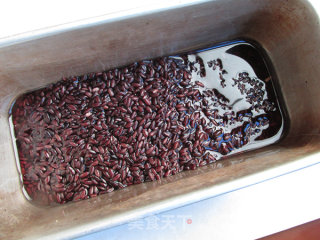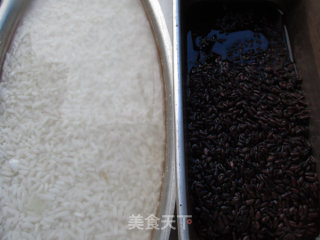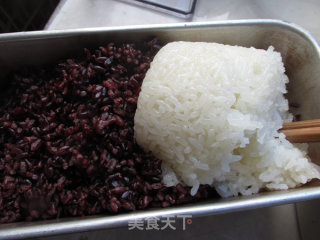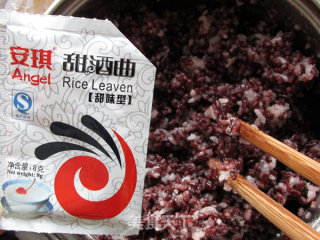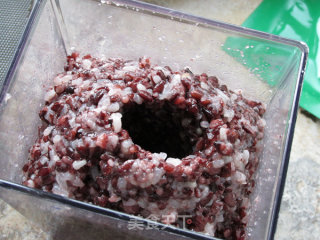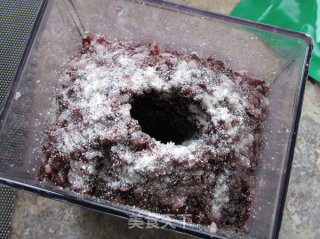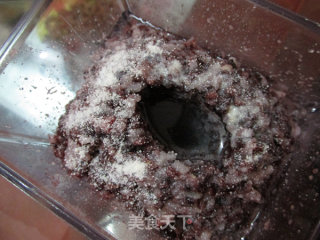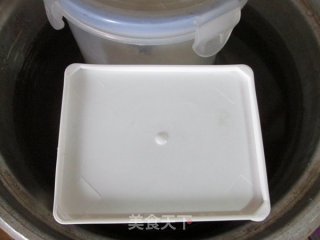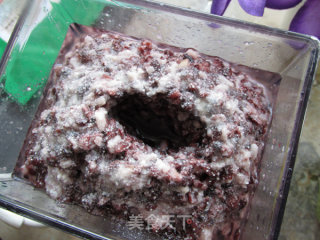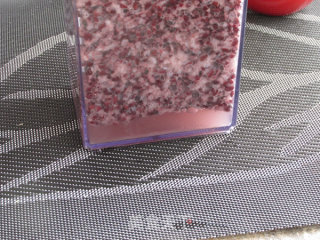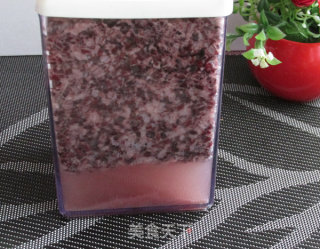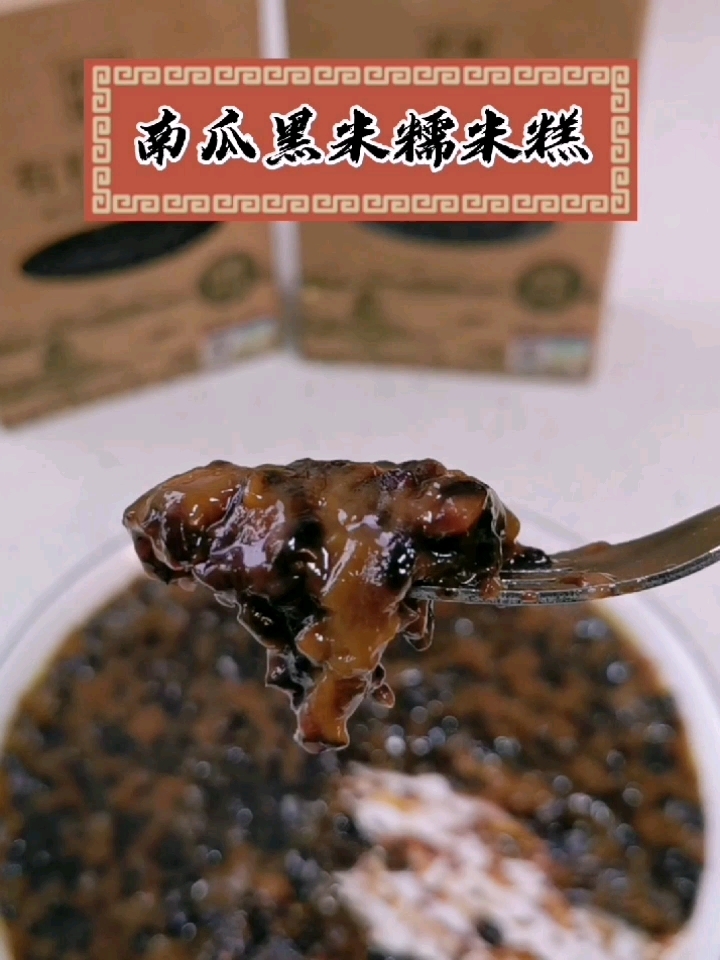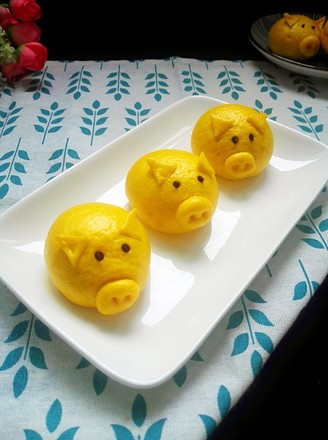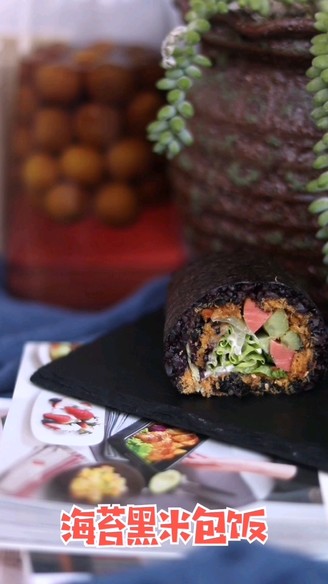Black Rice Glutinous Rice
by Wanshanhong
Favorite
Difficulty
Normal
Time
24h
Serving
2
Fermented glutinous rice (glutinous rice) with steamed rice (glutinous rice) and fermented with rice wine koji (a special kind of microbial yeast) is called distilled rice wine, rice wine, sweet wine, sweet rice wine, glutinous rice wine. , Rice wine, distiller's grains and so on.
The mash is sweet and warm, contains sugar, organic acids, vitamins B1 and B2, etc., which can invigorate qi, promote body fluid, promote blood circulation, disperse masses, and reduce swelling. It is not only good for pregnant women to reduce swelling, but also suitable for breastfeeding women.
In addition to making glutinous rice, glutinous rice can also be made with black rice, red yeast rice, etc. The fermented glutinous rice will also have slightly different flavors depending on the rice used. The effect is roughly the same, but the rice nutrition The ingredients are different, there will be a little difference in the nutritional content. The main reason why the color of black rice is different from other rice is that its outer cortex contains anthocyanin pigments, which have a strong anti-aging effect. Studies at home and abroad have shown that the darker the rice color, the stronger the anti-aging effect of the epidermal pigment. The effect of black rice pigment is the strongest among rice of various colors. In addition, this pigment is also rich in flavonoid active substances, which are 5 times as much as white rice, which has a great effect on preventing arteriosclerosis. Therefore, the nutrient content of mash made of black rice will be higher than that of white rice.
The mash also has the effect of warming up the body. Every time I make the mash, I can't wait to eat a bowl or drink a glass of filtered wine, and I feel warm after eating. Three or nine days of severe cold are coming soon. It is a good choice to eat some glutinous rice every day. It is healthy and delicious! "
The mash is sweet and warm, contains sugar, organic acids, vitamins B1 and B2, etc., which can invigorate qi, promote body fluid, promote blood circulation, disperse masses, and reduce swelling. It is not only good for pregnant women to reduce swelling, but also suitable for breastfeeding women.
In addition to making glutinous rice, glutinous rice can also be made with black rice, red yeast rice, etc. The fermented glutinous rice will also have slightly different flavors depending on the rice used. The effect is roughly the same, but the rice nutrition The ingredients are different, there will be a little difference in the nutritional content. The main reason why the color of black rice is different from other rice is that its outer cortex contains anthocyanin pigments, which have a strong anti-aging effect. Studies at home and abroad have shown that the darker the rice color, the stronger the anti-aging effect of the epidermal pigment. The effect of black rice pigment is the strongest among rice of various colors. In addition, this pigment is also rich in flavonoid active substances, which are 5 times as much as white rice, which has a great effect on preventing arteriosclerosis. Therefore, the nutrient content of mash made of black rice will be higher than that of white rice.
The mash also has the effect of warming up the body. Every time I make the mash, I can't wait to eat a bowl or drink a glass of filtered wine, and I feel warm after eating. Three or nine days of severe cold are coming soon. It is a good choice to eat some glutinous rice every day. It is healthy and delicious! "


